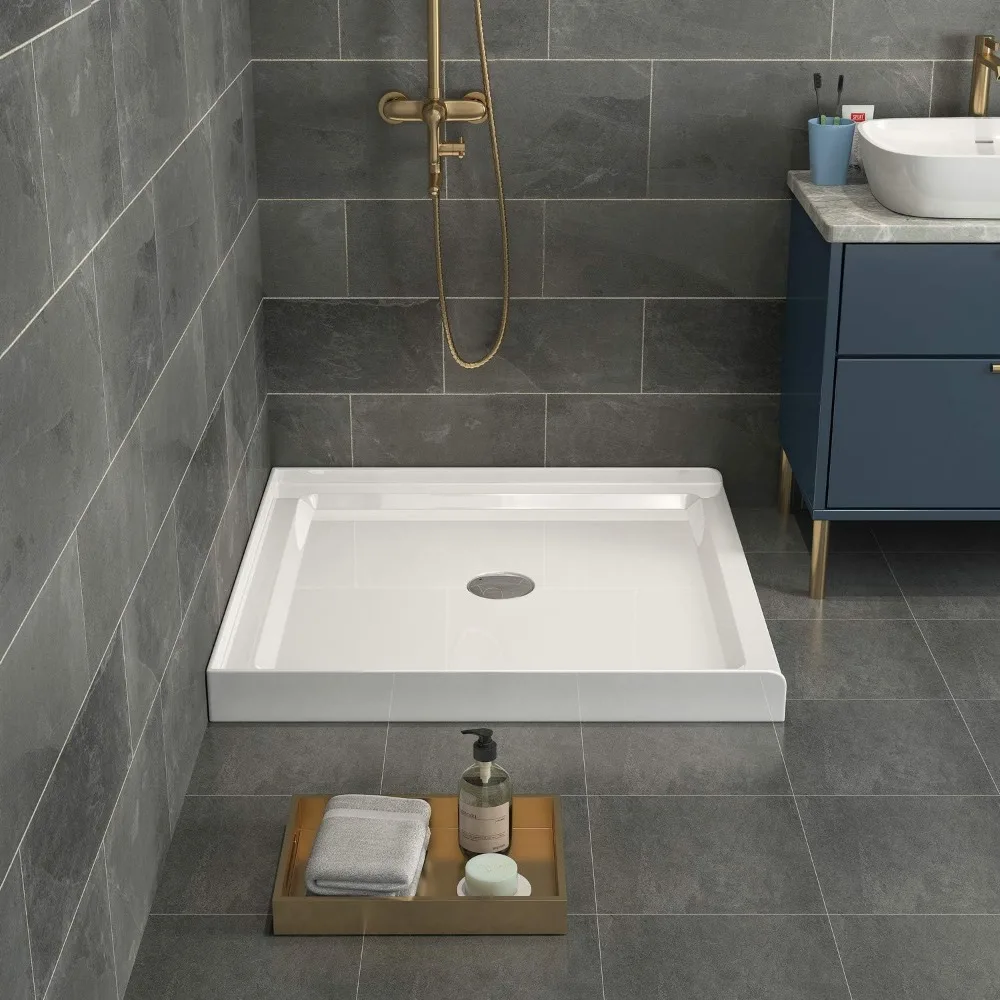 Introduction:
Introduction:
Dealing with a clogged toilet can be an inconvenience and source of frustration. In some cases, there is a hope that the clog will resolve itself without intervention. However, understanding whether a toilet can unclog itself is important for knowing when and how to take action. In this comprehensive guide, we will explore the possibilities of a toilet unclogging itself, the factors that affect this process, and steps to take if the clog persists. By understanding these factors, you can better manage clogged toilets and maintain proper functionality in your bathroom.
Introduction to Toilet Clogs
Toilet clogs occur when there is a blockage in the drainpipe that prevents the proper flow of water and waste.
A. Common Causes of Toilet Clogs: Toilet paper buildup, foreign objects, excessive flushing, or issues with the plumbing system can contribute to clogs.
B. Symptoms of a Clogged Toilet: Slow drainage, gurgling sounds, water backing up, or complete blockage are common signs of a clogged toilet.
 Common types of toilets:
Common types of toilets:
There are several types of toilets available, each with its own design and features. Here are some common types of toilets:
Two-Piece Toilet:
This is the most common type of toilet in homes. It consists of a separate bowl and tank, which are bolted together during installation. Two-piece toilets are typically more affordable and have a wide range of styles and designs.
One-Piece Toilet:
One-piece toilets have a seamless design, with the bowl and tank fused together into a single unit. They are easier to clean because they have fewer crevices where dirt and bacteria can accumulate. One-piece toilets often have a sleek and modern appearance.
Wall-Mounted Toilet:
Wall-mounted toilets are fixed directly to the bathroom wall, without a visible base or tank. The tank is usually concealed within the wall, resulting in a clean and streamlined look. Wall-mounted toilets are popular in contemporary and minimalist designs, as they save floor space and make cleaning easier.
Compact Toilet:
Compact toilets are specially designed to fit in small bathrooms or powder rooms where space is limited. They have a shorter bowl length and a smaller footprint, making them ideal for tight spaces.
Smart Toilet:
Smart toilets are technologically advanced and offer various features like automatic flushing, seat warming, bidet functions, adjustable water temperature and pressure, self-cleaning capabilities, and even built-in air fresheners. They often have electronic controls and sensors for added convenience and comfort.
High-Efficiency Toilet (HET):
High-efficiency toilets are designed to use less water per flush compared to traditional toilets. They are equipped with improved flushing mechanisms, such as dual-flush systems or pressure-assisted flushing, to maximize water conservation while maintaining effective waste removal.
These are some of the common types of toilets available in the market. When choosing a toilet, consider factors such as design, functionality, water efficiency, and the specific needs and preferences of the users.
 Can a Toilet Unclog Itself?
Can a Toilet Unclog Itself?
While it is possible for a toilet to unclog itself in some cases, it largely depends on the severity and cause of the clog.
A. Mild Clogs: Minor clogs caused by small obstructions or an accumulation of toilet paper may dissolve or dislodge naturally over time with regular flushing.
B. Water Pressure: Sometimes, an increase in water pressure from repeated flushing can dislodge a small clog and allow the toilet to unclog itself.
Factors Affecting Self-Unclogging
Several factors influence whether a toilet can unclog itself or requires additional intervention.
A. Severity of the Clog: The severity of the blockage plays a significant role. Mild clogs may resolve on their own, while more severe clogs may require manual intervention.
B. Nature of the Blockage: The type of material causing the blockage can determine whether it will dissolve or break up naturally over time.
C. Water Usage: Consistent and proper water usage, including regular toilet flushing, may contribute to the gradual unclogging of minor blockages.
Steps to Take If the Clog Persists
If the toilet does not unclog itself or the clog persists, there are steps to take for resolution.
A. Plunger Method: Use a plunger to create suction and dislodge the clog. Ensure a proper seal between the plunger and the toilet drain, and repeat plunging as needed.
B. Auger or Snake: Utilize a toilet auger or snake, which is a long, flexible tool designed to move through the pipes and break up clogs.
C. Chemical Drain Cleaners: Consider chemical drain cleaners as a last resort, but use them cautiously and strictly follow the product’s instructions.
D. Seeking Professional Help: If all attempts to unclog the toilet fail, it may be necessary to contact a professional plumber for assistance.
 Preventive Measures for Future Clogs
Preventive Measures for Future Clogs
To minimize the occurrence of toilet clogs, implementing preventive measures is key.
A. Proper Flushing Habits: Only flush appropriate waste and avoid flushing items that could cause clogs, such as sanitary products, wipes, or excessive toilet paper.
B. Regular Maintenance: Perform routine maintenance, such as periodic cleanings and inspections, to ensure the proper functioning of your toilet and plumbing system.
Some important tips for maintaining and caring for toilets:
Regular Cleaning: Clean the toilet bowl regularly to prevent the buildup of stains, mineral deposits, and bacteria. Use a toilet bowl cleaner specifically designed for this purpose. Scrub the bowl with a toilet brush, paying attention to the waterline, the rim, and the siphon jets. Don’t forget to clean the exterior surfaces of the toilet as well.
Avoid Harsh Cleaners: While it’s important to keep the toilet clean, avoid using harsh chemicals or abrasive cleaners that can damage the toilet’s surface or components. Choose mild, non-abrasive cleaners that are safe for the toilet.
Avoid Toilet Tank Tablet Cleaners: Avoid using bleach tablets or other cleaning tablets in the toilet tank. They can damage the internal components, such as the flapper valve or fill valve. Instead, opt for regular cleaning of the tank by removing any mineral deposits or sediment.
Check for Leaks: Regularly check for any leaks around the base of the toilet or inside the tank. Leaks can waste water and lead to expensive repairs if left unaddressed. If you notice any leaks or unusual sounds, have them repaired promptly by a professional plumber.
Proper Flushing Habits: Educate household members about proper flushing habits. Avoid flushing anything other than toilet paper and human waste down the toilet. Discourage the flushing of items like hygiene products, wipes, paper towels, or diapers, as they can clog the toilet or cause plumbing issues.
Maintain Toilet Components: Keep an eye on the toilet components, such as the flapper valve, fill valve, and flush handle. These parts may need periodic inspection and maintenance to ensure they are working properly. Replace any worn-out or malfunctioning parts promptly.
Protect the Toilet: Avoid dropping heavy objects or applying excessive force on the toilet tank lid or seat, as it can damage them. Use caution when cleaning around the toilet to prevent accidental impact or breakage.
 Conclusion
Conclusion
While it is possible for a toilet to unclog itself in certain situations, it depends on the severity and cause of the clog. Mild clogs may dissolve or dislodge over time with regular flushing and adequate water pressure. However, for persistent or severe clogs, manual intervention using a plunger, auger, or chemical drain cleaner may be necessary. Taking preventive measures and practicing proper flushing habits can reduce the likelihood of future clogs. If all attempts fail, seeking professional help ensures proper resolution. By understanding these factors and taking appropriate action, you can effectively manage and address toilet clogs, maintaining a well-functioning bathroom environment.



